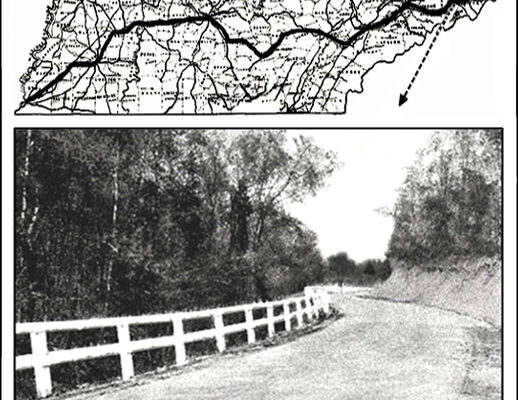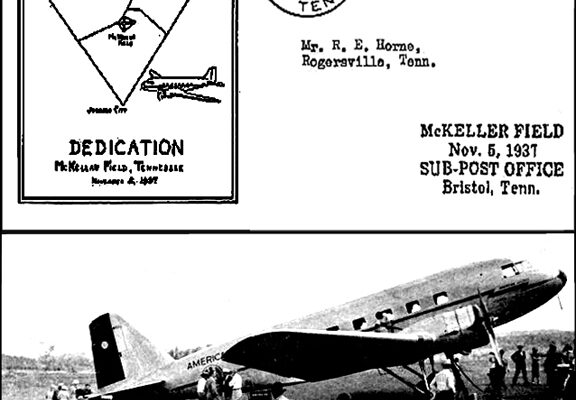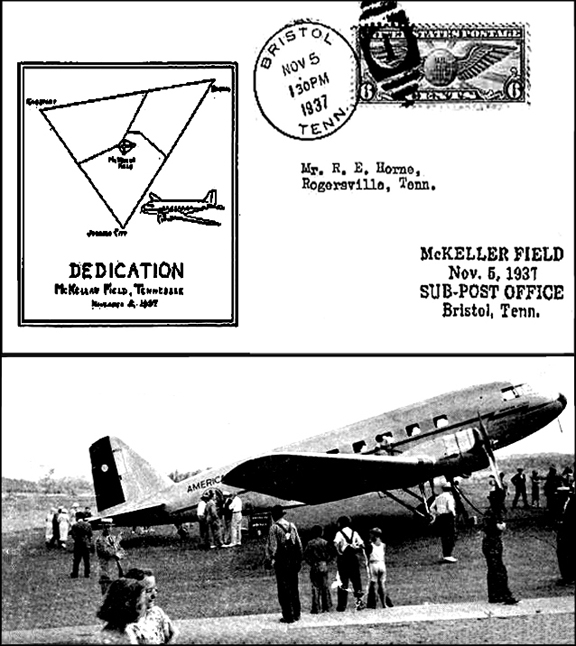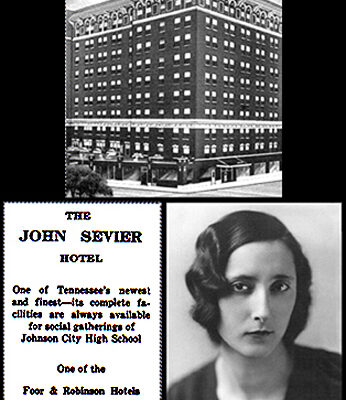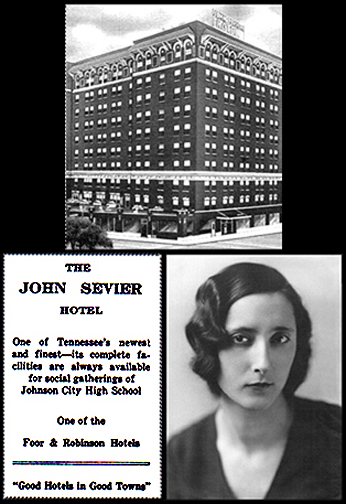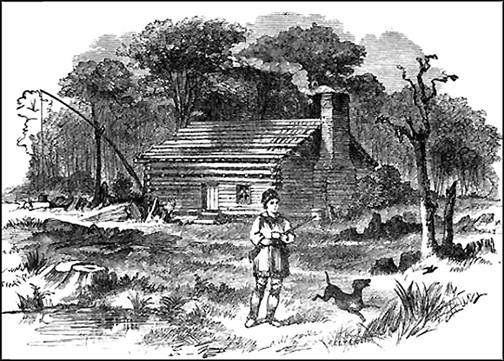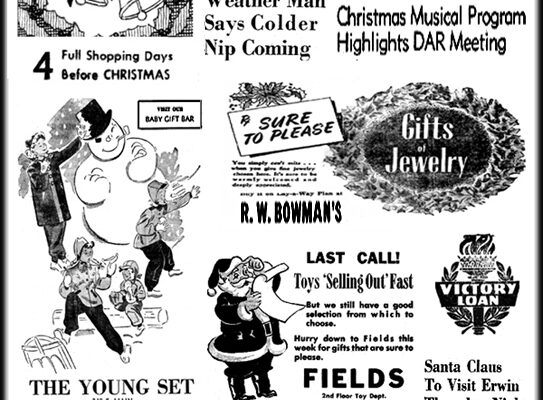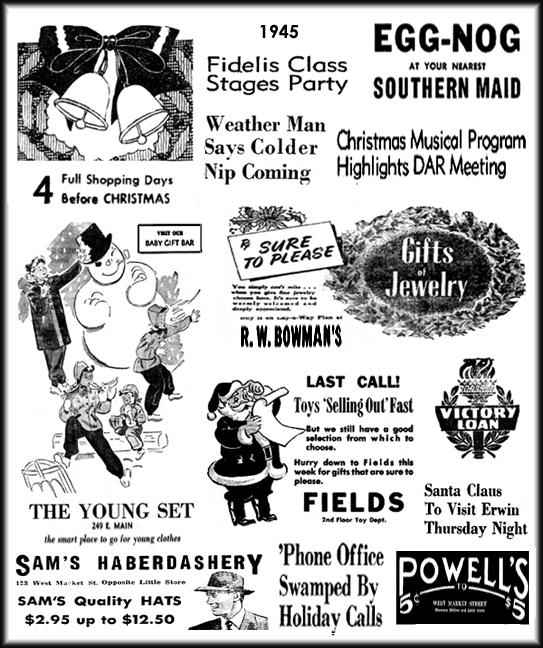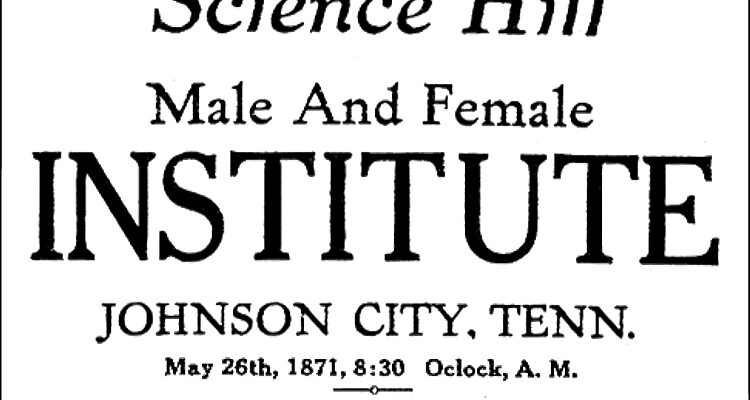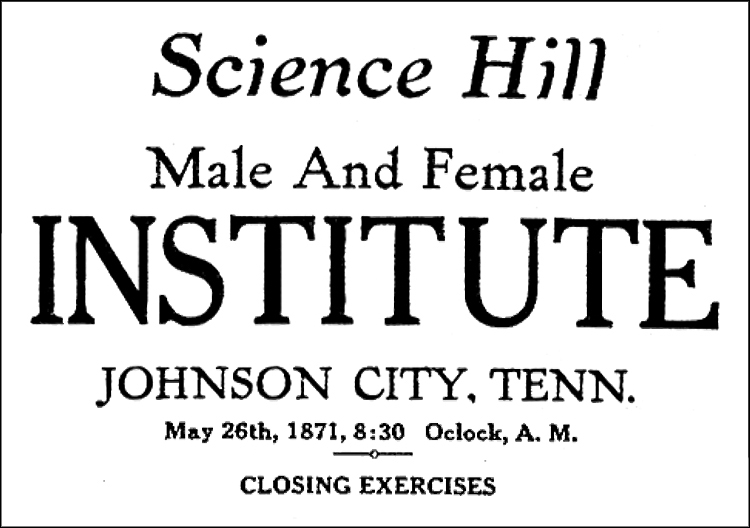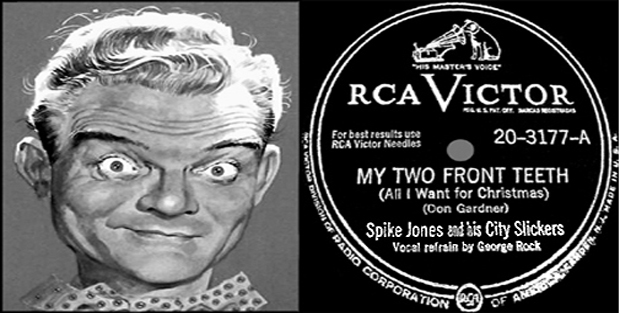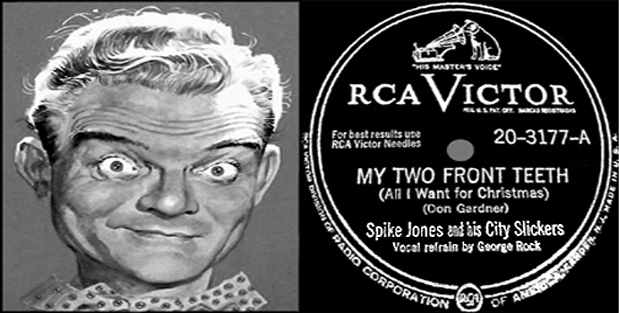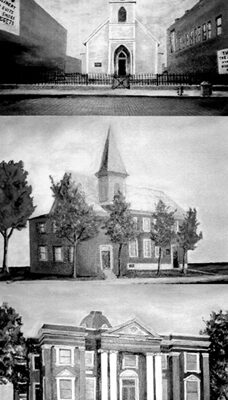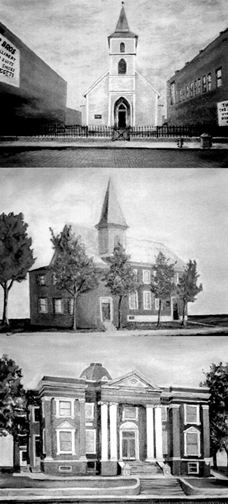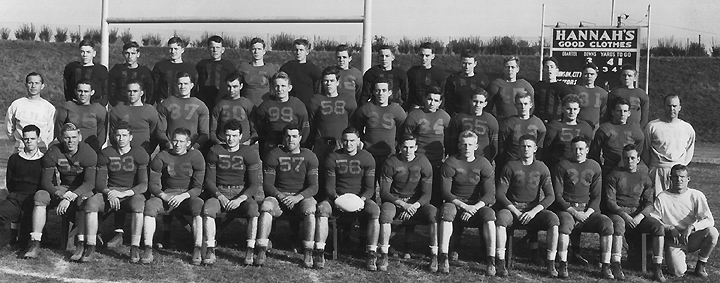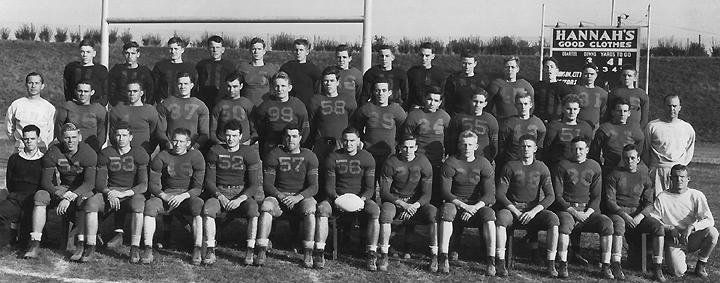A 1928 Johnson City Chronicle headline proclaimed, “Plan to Spend $8 Million on Route 1, Tennessee’s “Broadway of America.” The article was referring to the proposed 538-mile Memphis-to-Bristol Highway.
Local businessmen initially formed the highway association in 1911 to promote the state’s development. Soon after its creation in 1915, the Highway Department designated the corridor as State Route 1 and made it the top road priority. In 1926, the state selected about two-thirds of Route 1 as U.S. 70, the major east-west corridor in the region.
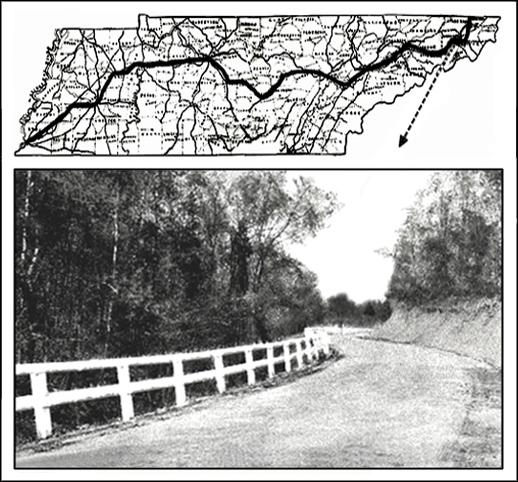
By the late 1920s, the local artery became part of the 2,385-mile “Broadway of America” highway system that ran from California to New York. Route 1 remained the main east-west route through the Volunteer State until the completion of Interstate 40 in the late 1960s. The Tennessee portion of it was sometimes referred to as “The Broadway of Tennessee.”
The intent of the work was to make permanent road improvements to the Memphis-to-Bristol Highway. The cost estimate came from Highway Department figures. Construction and paving was already underway when the news hit the newspaper.
The new intra-highway afforded a wide diversity of people to travel across the state, thus helping unify the three main divisions of the state: East, Middle and West Tennessee. A movement to promote good roads arose in the 1890s from a wide variety of concerned citizens consisting of railroad owners, farm alliances, businessmen, vacation travelers and even bicyclists. Such efforts received widespread approval from the public. Timing was good for the new highway. The arrival of mass-produced motorized vehicles at the turn of the 19th century offered competition to railroads and steamboats, thereby creating the need for good thoroughfares.
A Memphis-to-Bristol meeting being held in Nashville brought encouraging news from Highway Commissioner Harry S. Berry. Not only had a schedule been developed for covering roads with state-of-the-art paving, the department displayed a commitment to pave the entire stretch of highway between Memphis and Bristol.
The committee realized that the need for better intrastate roads was likewise critical to the overall efforts of other states working on the “Broadway of America.” A status report presented at the meeting revealed that the paving of Route 1 included 191 miles of cement concrete highway, 42 miles of rock asphalt highway, 10 miles of bituminous concrete and 177 miles of bituminous macadam. All were said to be high-type of pavement. The report further showed that, in addition, about 100 miles were of low-type pavement (surface treated), 12 miles graveled and 30 miles graded. This meant that 75% of Route 1 had high type pavement, a far cry from today’s interstate highways.
The building of the Memphis-to-Bristol Highway encouraged the undertaking of other state road-building projects and further persuaded Virginia and Mississippi to extend their highways.
An examination of my column photo appears to be that of a country road instead of a highway; however, the narrow barely-paved highway was a major improvement over other roadways of that era. In 1911, automobiles were just starting to give competition to passenger trains as the main source of intra-city travel.
